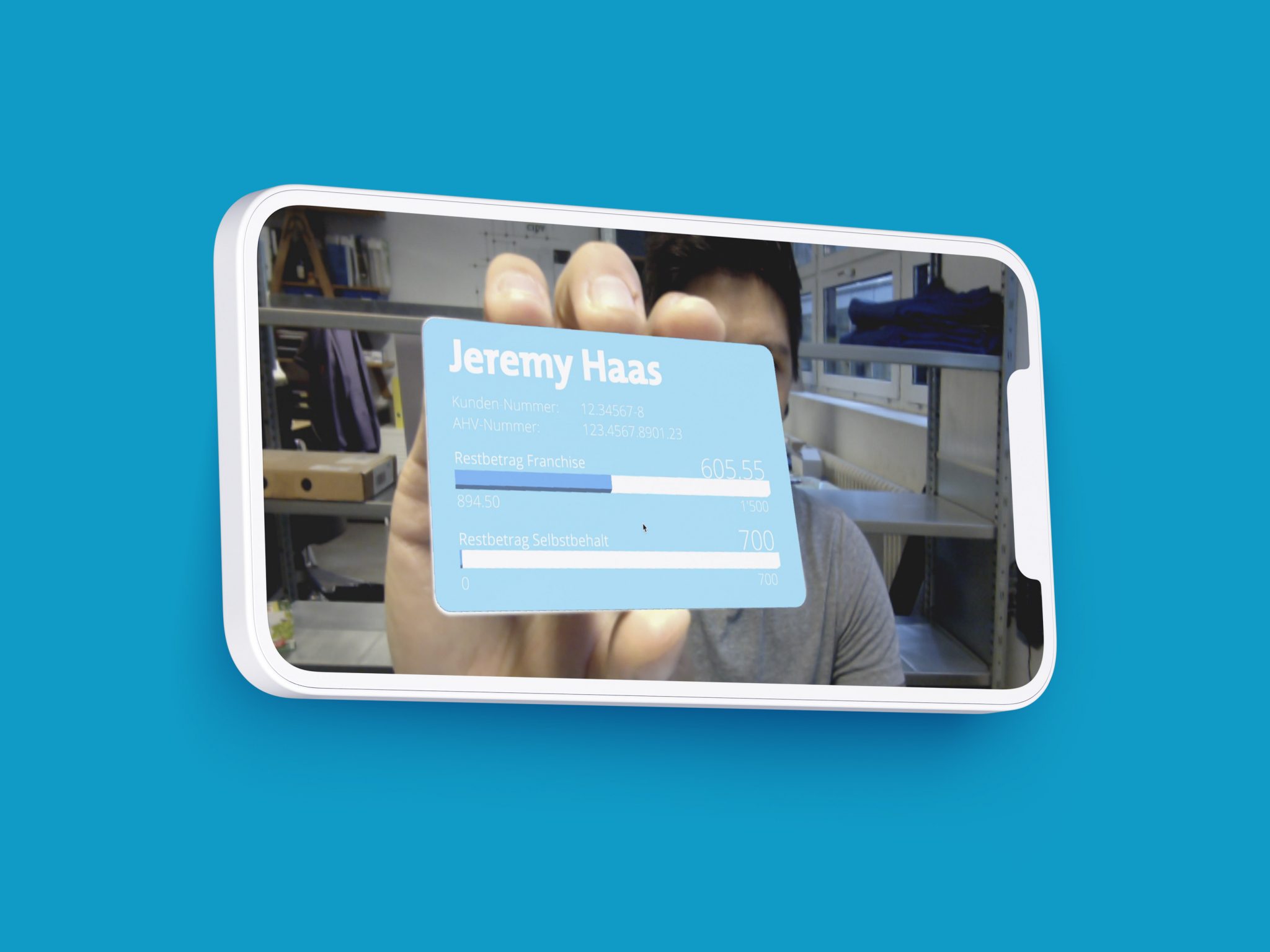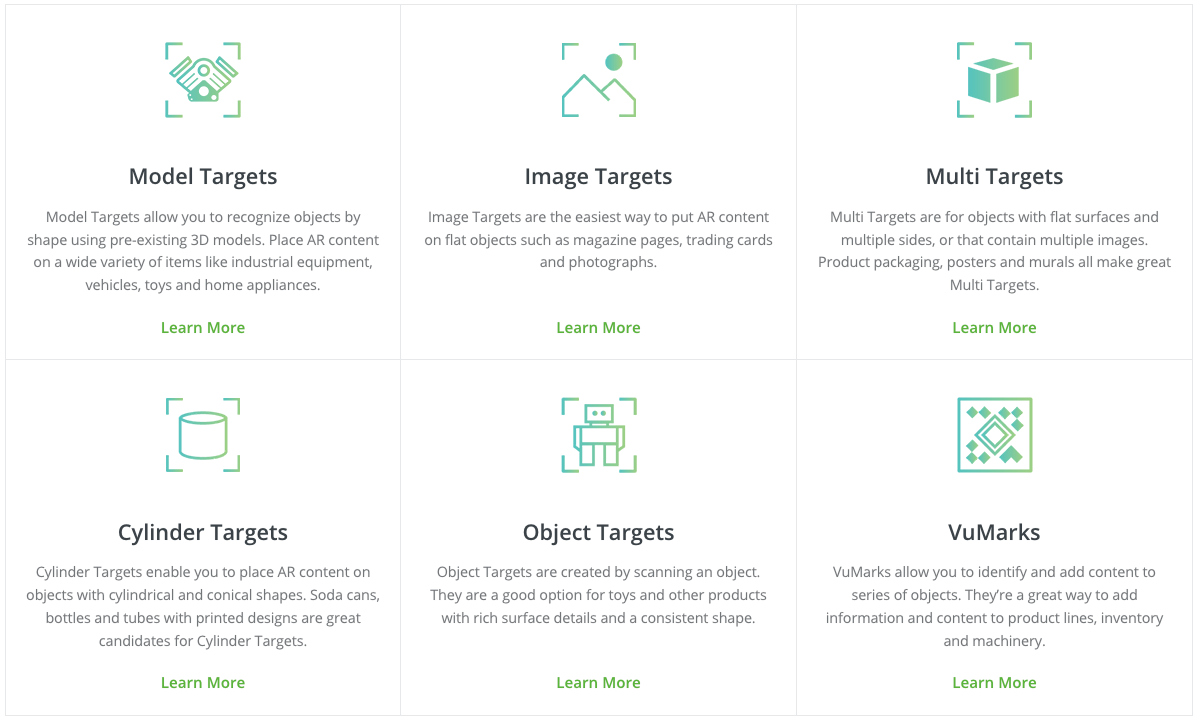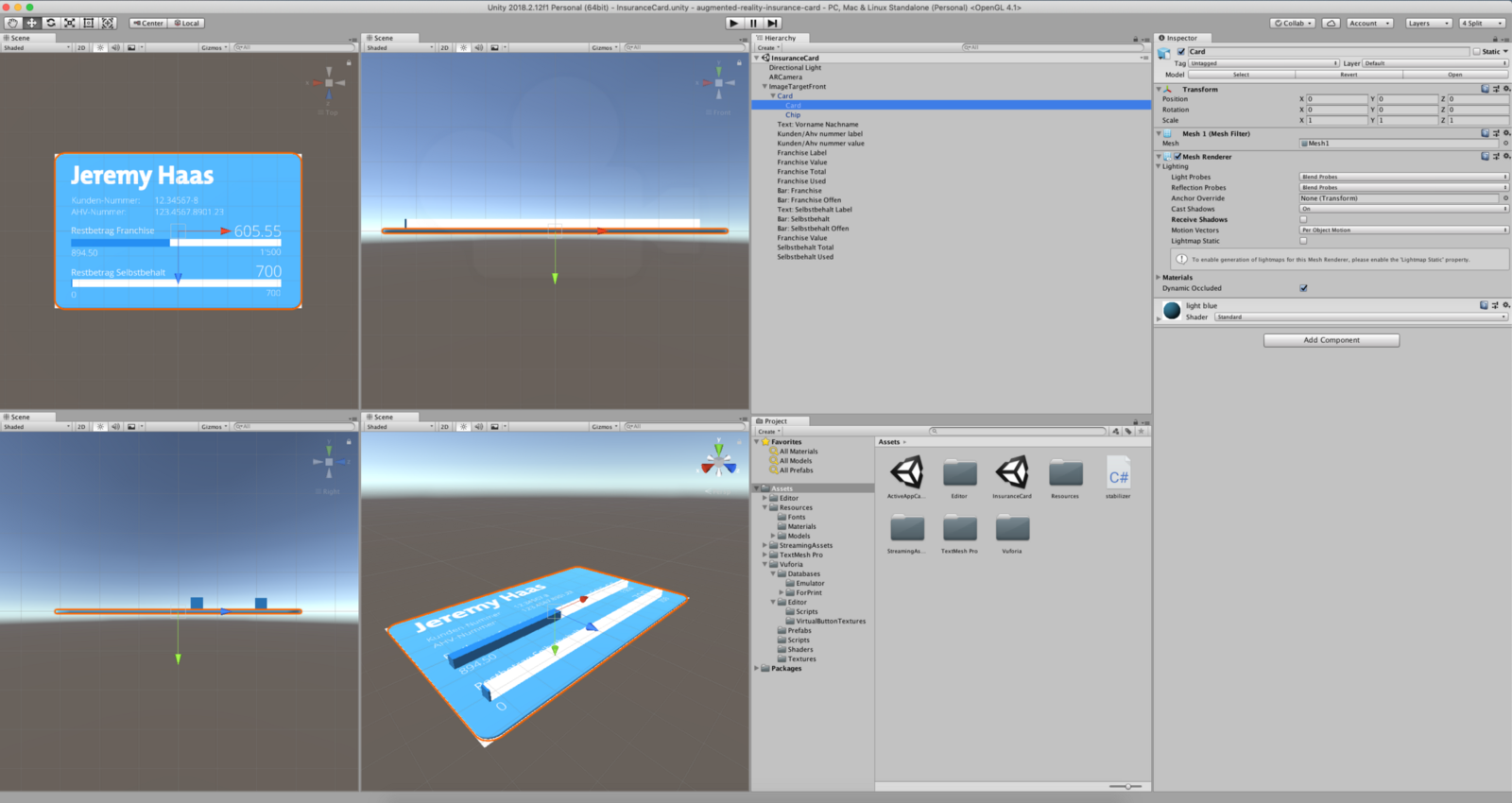Virtual Reality
In VR (Virtual Reality), the user is completely immersed in a fully artificial digital environment. With the launch of the HTC Vive and Oculus Rift in April/March 2016, the end consumer (mainly gamers) finally got a usable and payable product.
Price range: $500 – $800 just for the headset and controllers. You need to have a hardcore gaming rig (>$2000), and you have to pay for every single app/game. Most of the games are bought on Steam
Augmented Reality
In AR (Augmented Reality), virtual objects are overlayed on top of the real-world environment. It’s already popular and well known on TV, especially in tennis, baseball or football. Most of the time, the overlays show historical, statistical, or informational data.
IKEA is already offering a cool mobile app where you can furnish your room completely with virtual IKEA products.
Last but not least: Snapchat. I think everybody has seen the popular puppy filter over Kylie Jenner’s face.
Price range: 0$! Yes, Zero. Almost everybody already has a smartphone in their pocket that supports augmented reality. Just download the app from the store, and there you go!
Mixed Reality
MR (Mixed Reality) is not just applying overlays. It anchors virtual objects to real-world objects, and the main use case is to interact directly with them. Additionally, the virtual objects also interact with the surroundings. For example, you could play a virtual chess game on your kitchen table and interact/move all chess pieces with your hands.




